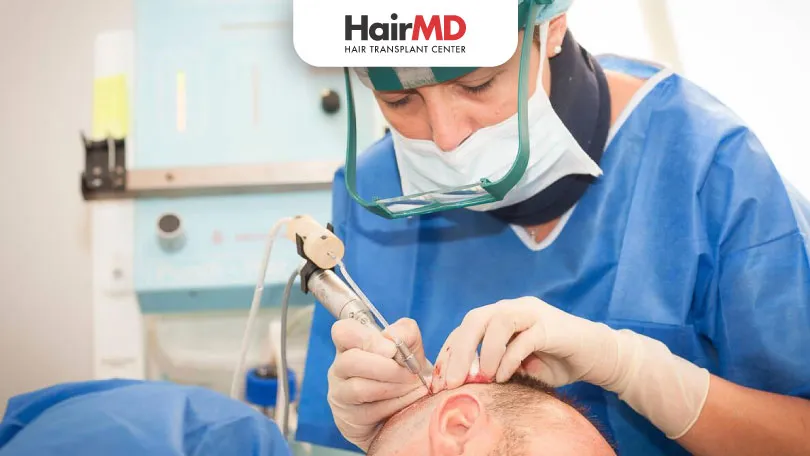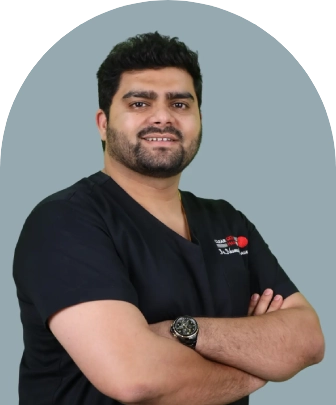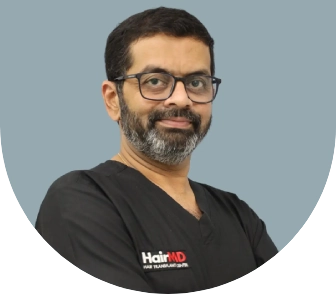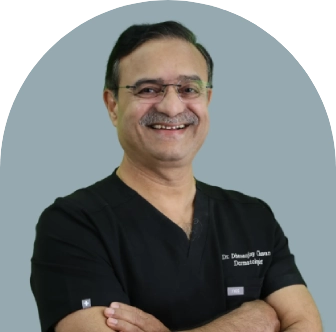29th July, 2021

Are you also frustrated with the variety of TVCs that feature hair care products that will help you restore your hair? You must have tried everything and you did not get the desired results, then your condition requires a hair transplant. But you do not know who to turn to and what questions to ask your surgeon.
Hair loss not only changes physical appearance but also affects one’s emotions. Beautiful and healthy hair brings confidence. Deciding on a treatment for hair loss is difficult as many questions arise. Your friends and family tell you about a variety of home remedies that might work.
The road to a successful hair transplant program starts with asking the right questions and getting the right answers. Let’s ask the right questions and find the answers.
What’s covered in the article?
- What is the hair transplant procedure?
- Is hair transplant painful?
- What to expect after a hair transplant?
- Is hair transplant safe?
- How long does a transplanted hair last?
- Conclusion
What is the hair transplant procedure?
Hair transplantation is the redistribution of hair, which means that hair is transferred to an area where the hair becomes thin or baldness has begun. To ensure that the transplanted hair looks and feels natural, the hair is removed from the donor area, usually behind the scalp or beard area. The follicles of the donor area are not affected by the hormone DHT, these areas are also known as permanent hair follicles. To remove individual hair follicles from these areas using the FUE method which is the latest method. Instead of using a tissue strip, each follicle is removed one by one in this process.
The first step in starting your FUE process is your medical photos. During the consultation, some photographs of your scalp are taken. These images are taken to analyse postoperative results. After every major step in the hair transplant process, before and after hair transplant photos are taken.
Prior to the start of surgery, the patient undergoes a test to determine if the patient is allergic to any anaesthetic to avoid any reaction during the procedure.
The next step involves marking the recipient area. In this process, your hairline is shaped according to your age, baldness, available grafts and the shape of your face. Next, a map of the donor area is drawn up. The map helps the doctor identify the overcrowding area. A dermoscope is used to determine how many grafts can be removed from your donor site.
Is hair transplant painful?
Many hair transplant patients have a query, is hair transplant painful?
The procedure is started by injecting anaesthesia in the recipient area. Only this step is a bit painful in the entire hair transplant surgery. To minimise this pain, a nerve block is given. This helps in reducing the pain that is caused by pricks during injecting the anaesthetic agent. After this, doctors start making the slits which are used to implant the grafts. These pre-made slits are important in the designing process of the hair transplant. The final results depend on these slits and will also ensure that your hair transplant looks natural as the slits decide the direction, density and angle of each hair that is implanted. It also determines how many grafts need to be implanted in each area. After making the slits, the donor area is anaesthetized and grafts are extracted from the donor area. In FUE surgery the grafts are precisely extracted using advanced instruments. Advanced instruments are used to make small punches of different sizes to extract individual hair follicles. For scalp donor extraction, 0.8 mm to 1 mm punches are used and for beard graft extraction 0.8 mm punches are used. These U.S certified punches help in minimising scarring and skin damage. In this entire procedure, no root touch technique is used which means the roots of the graft are not touched during extraction and transplantation as the grafts are delicate and can easily damage. In a one-day procedure, about 3000 grafts are extracted. These numbers depend on the density of your hair.
In the fourth step of the procedure each hair graft is examined under a digital microscope. It determines how much hair each graft has and then damaged grafts are removed. If a graft is transplanted within 3 hours of extraction into the recipient area, then the survival rate increases to 95%. The survival rate of the graft can get affected if grafts are kept outside the body for too long and can also affect the hair transplant result. That is why in small sessions extractions and implantation are done. Through DHT or direct hair transplant method, the grafts are simultaneously extracted and implanted. Grafts need to be implanted immediately or stored in medically approved storage facilities. If grafts are not stored properly then the grafts can get damaged and hair transplants can fail.
In the last step of the procedure, these live grafts are implanted using implanters in the right direction of the growth carefully. If the implantation is not done in the right direction then the result will be unnatural hair growth.
The last procedure is postoperative care or recovery from the hair transplant process. After the surgery, the head is covered with a bandage and postoperative medications and instructions are given and the patient is sent back home. Patients are also given a saline spray which needs to be applied to the transplanted area after every 30 minutes or 1 hour. This medication needs to apply for 5 days.
What to expect after a hair transplant?
Hair transplant surgery is a long and meticulous procedure and therefore to avoid any infection and to receive the best results, it is important to take good precautions after a hair transplant. You may experience itching and inflammation post-surgery which is extremely normal. It’s important to refrain from scratching your scalp as it can damage your grafts. Some patients may feel numbness on their scalp, therefore antibiotics and anti-inflammatory drugs are also recommended by the doctors. More people are preferring FUE techniques as it does not have stitches and linear scarring, in FUE there are tiny circular scars which go unnoticeable and the pain is also minimal. In this procedure, hair follicles can be extracted from any part of the body.
The entire procedure time depends upon the size of your transplantation area. The whole procedure usually takes 4-8 hours. The healing period of FUE is not much and you can start your daily routine of work within 1-week post-surgery.
Is hair transplant safe?
To get a safe hair transplant, it is essential to get the hair transplant procedure done by a board-certified and experienced doctor and the hair clinic should be equipped with state-of-art infrastructure and advanced operative methodologies.
How long does a transplanted hair last?
Post-surgery the newly transplanted hair starts to shed within 2-3 weeks. This is natural and is a part of the healing process. You will start experiencing the growth of new hair within 6-9 months. In most cases, a hair transplant will last a lifetime because healthy hair follicles are transplanted into thinning or bald areas. However, a hair transplant’s lifespan can be affected by factors like the patient’s hair type, lifestyle, age, and the extent of hair loss
Do You Know?
Nearly 250 Patients Visit HairMD
Everyday For Various Hair Concerns?
(Your journey to healthier and fuller hair starts here!)
Meet Our Dermatologists
Conclusion
In conclusion, asking the right questions during your hair transplant consultation is essential to ensure you fully understand the procedure, risks, and outcomes. It’s important to inquire about the surgeon’s experience, the techniques used, recovery expectations, and long-term results. Being well-informed helps in setting realistic expectations and achieving a successful hair transplant. By discussing your concerns openly with your surgeon, you can make confident decisions regarding your hair restoration journey.
If you have any queries regarding a hair transplant feel free to book a consultation with HairMD.
Further Reading
Oily Scalp After Hair Transplant and How to Manage It
Oily scalp after hair transplant is common and manageable. Get simple care tips to reduce oiliness and support a smooth recovery.
Can You Get a Hair Transplant Without Shaving Your Head?
Hair transplant without shaving offers a discreet option for restoring hair. This method suits mild hair loss and allows you to maintain your natural look.
Manual Vs Robotic Hair Restoration
Discover the pros and cons of manual vs robotic hair restoration. Learn why manual hair transplants deliver natural results. Consult a hair specialist in Pune today.
Can Rainwater Cause Hair Loss? Understanding the Impact
Find out if Rainwater Cause Hair Loss & how to keep your hair safe during the monsoon season. Expert tips for keeping your hair healthy in rainy weather!
Have thoughts? Please let us know
We are committed not only to treating you, but also educating you.










